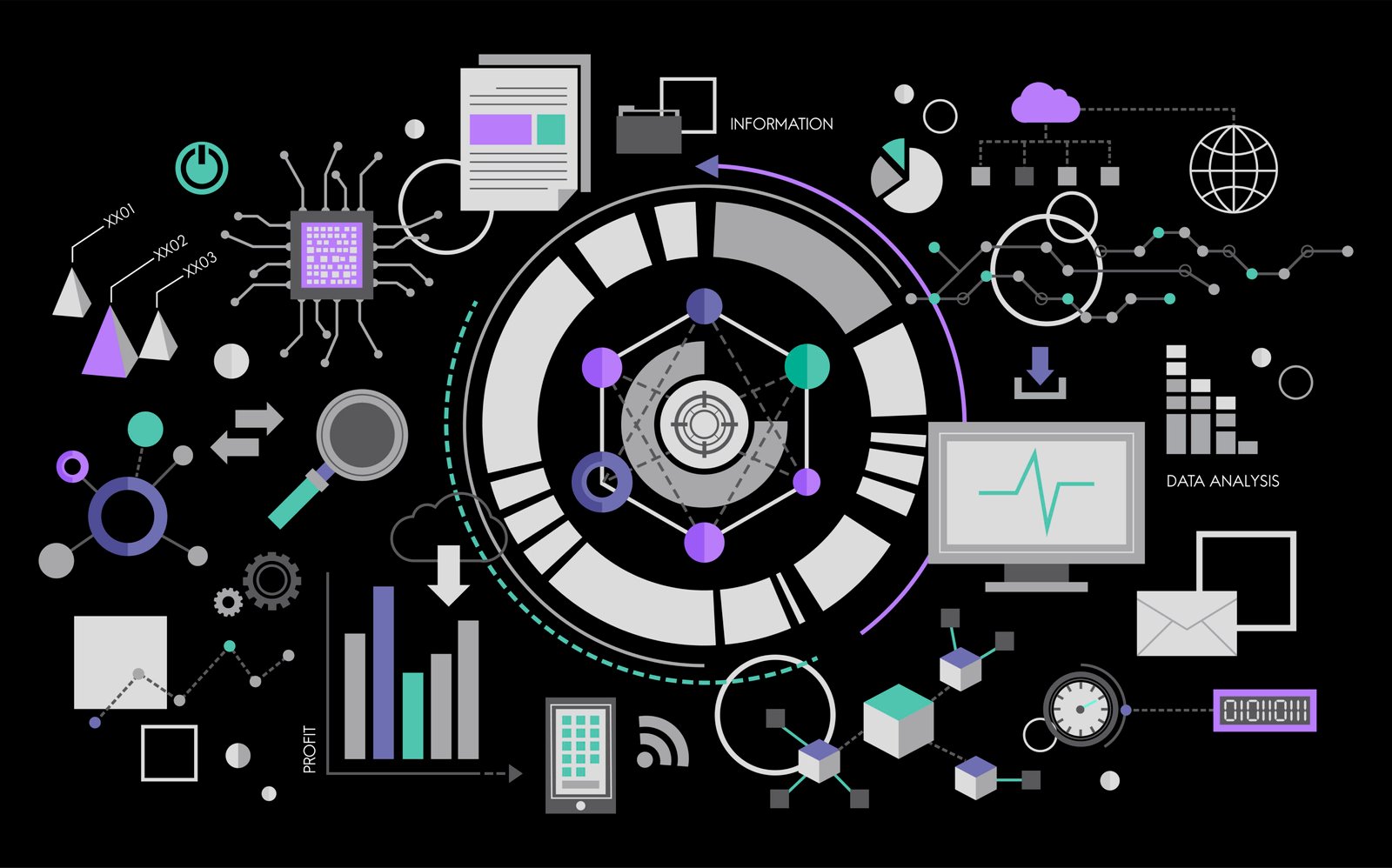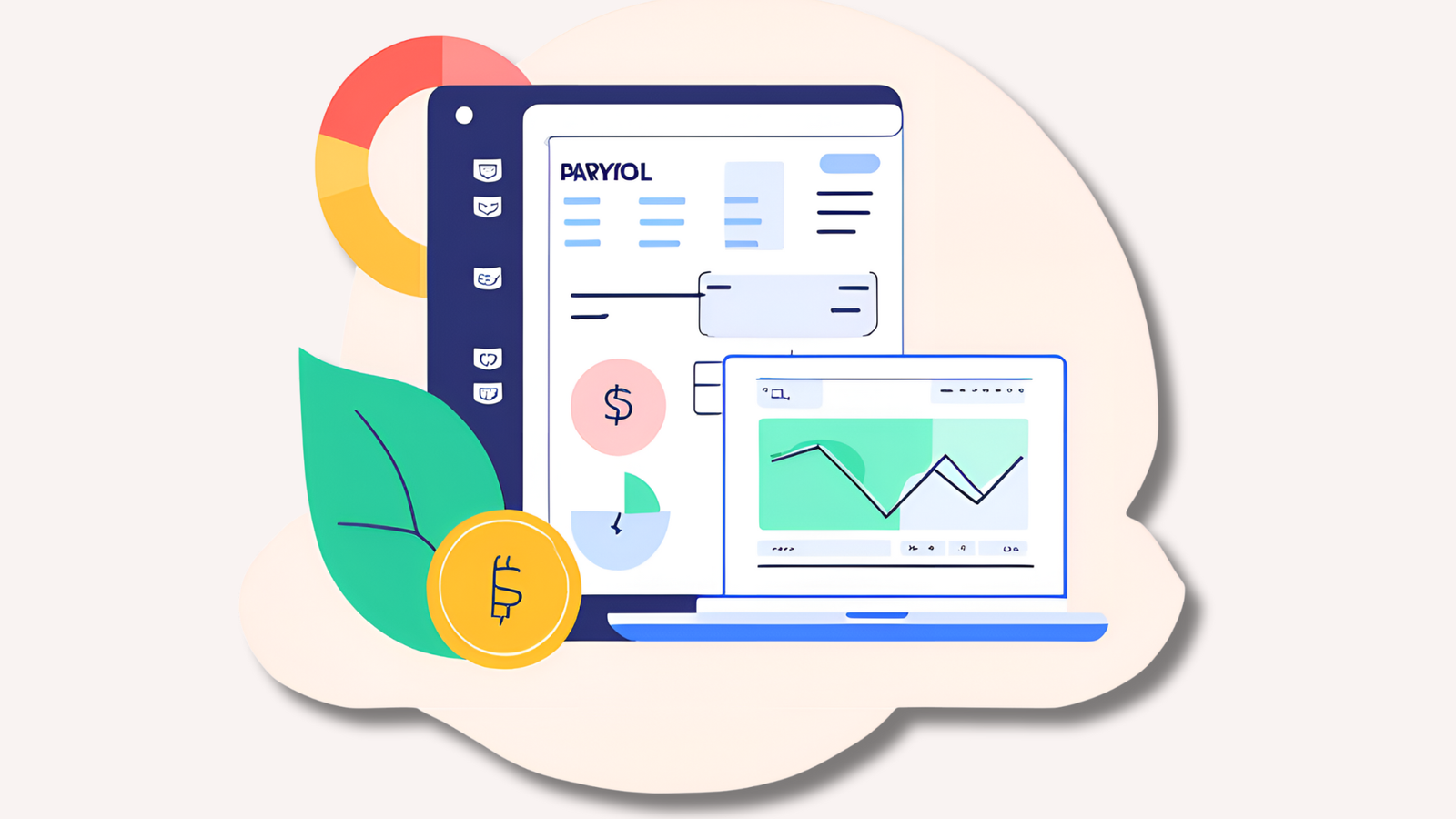Remote work has become an integral part of modern workplaces, offering flexibility and access to global talent. However, this shift comes with its challenges, particularly in managing and interpreting visual data efficiently across distributed teams. Miscommunication, delays, and inefficiencies in handling visual information can hinder productivity. This is where the AI Image Analyzer steps in—a cutting-edge technology transforming how remote teams collaborate and manage workflows.
By automating image analysis and integrating seamlessly with collaboration tools, the AI Image Analyzer ensures smarter, faster, and more effective remote work operations. Let’s delve deeper into how this technology is revolutionizing remote work solutions.
What is an AI Image Analyzer?
An AI Image Analyzer is an advanced AI-powered tool designed to process and interpret visual data with unmatched accuracy. It uses machine learning algorithms to analyze images, recognize objects, classify visuals, and extract critical information.
Here’s what sets it apart from traditional methods:
- Speed and Efficiency: Instantly identifies patterns and insights, saving time on manual analysis.
- Continuous Learning: Improves accuracy over time by learning from new data.
- Real-Time Insights: Provides actionable data during live collaboration sessions.
By integrating this tool into your remote work strategy, your team can achieve higher efficiency and better outcomes.
Challenges in Remote Work That an AI Image Analyzer Can Solve
Remote work brings flexibility but also several hurdles, especially in managing visual data. Here are the key challenges the AI Image Analyzer helps resolve:
1. Inefficient Visual Collaboration
Distributed teams often share visual data, such as design mockups or on-site images, during virtual meetings. Misinterpretation or delays in feedback can lead to stalled progress and rework.
2. Manual Processing of Visual Data
Analyzing images or extracting meaningful information manually is time-consuming and prone to errors. This inefficiency slows down decision-making processes.
3. Compliance and Security Risks
Handling sensitive visuals across different regions requires strict adherence to compliance regulations. Manual processes are more likely to result in data breaches or compliance failures.
Key Benefits of Using an AI Image Analyzer for Remote Teams
The AI Image Analyzer offers a wide array of advantages, transforming how remote teams operate.
1. Enhanced Visual Collaboration
- Analyzes images in real-time, helping team members identify crucial details instantly.
- Facilitates meaningful discussions by providing clear insights during virtual meetings.
2. Time and Cost Efficiency
- Automates repetitive tasks like sorting, labeling, and tagging images.
- Frees employees to focus on high-priority tasks, saving countless hours of manual effort.
3. Improved Accuracy and Compliance
- Delivers consistent and error-free analysis of visual data.
- Maintains compliance by creating audit trails and following regulations automatically.
4. Accessibility Across Locations
- Cloud-based AI Image Analyzers ensure that team members can access and analyze data anytime, anywhere.
- Supports seamless collaboration among distributed teams.
Real-World Applications of AI Image Analyzer in Remote Work
The use cases for an AI Image Analyzer in remote work are vast and varied. Here are some prominent applications:
1. Project Management and Workflow Optimization
- Remote teams can use AI Image Analyzer to visually track project progress, such as analyzing construction updates or monitoring on-site activities.
2. Marketing and Design Teams
- Automates the review and analysis of creative assets, ensuring brand consistency.
- Reduces time spent on reviewing designs by highlighting discrepancies and errors.
3. Healthcare and Finance
- Enhances compliance by securely analyzing sensitive visuals, such as medical images or financial documents.
- Ensures that data is processed accurately and in line with industry standards.
Features to Look for in an AI Image Analyzer
When integrating an AI Image Analyzer into your workflow, consider these essential features:
- Real-Time Processing: Enables instant feedback and collaboration by analyzing shared visuals immediately.
- Integration Capabilities: Syncs effortlessly with tools like project management platforms, cloud storage, and communication apps.
- Scalability: Adapts to the growing needs of your team, handling increasing volumes of visual data with ease.
- User-Friendly Interface: Ensures quick adoption by the team, minimizing the learning curve.
- Advanced Analytics: Provides detailed insights and reports to drive informed decision-making.
Steps to Implement AI Image Analyzer in Your Remote Work Strategy
1. Assess Your Needs
Start by identifying pain points in your team’s current workflow. Focus on areas where visual data plays a critical role, such as design reviews or compliance checks.
2. Select the Right Solution
Choose an AI Image Analyzer that aligns with your team’s requirements. Evaluate tools based on features, integration options, scalability, and ease of use.
3. Train Your Team
Conduct training sessions to familiarize your team with the tool. Provide practical demonstrations to show how it integrates into existing workflows.
4. Monitor and Optimize
Track the tool’s performance and gather feedback from your team. Use these insights to optimize processes and maximize the tool’s benefits.
The Future of Remote Work with AI Image Analyzer
The evolution of AI technology will further expand the capabilities of AI Image Analyzers. Future advancements may include:
- Augmented Reality (AR) Integrations: Enhancing real-time visual collaboration by overlaying data onto images during meetings.
- Deeper Predictive Analytics: Anticipating potential issues in projects based on image trends.
- Improved Scalability: Handling even larger datasets seamlessly as remote work continues to grow.
By staying ahead of these trends, your organization can remain agile and competitive in a dynamic work environment.
Conclusion
The AI Image Analyzer is more than a tool; it’s a game-changer for remote teams. By automating visual data processing, enhancing collaboration, and ensuring compliance, it addresses many inefficiencies inherent in remote work.
If you’re looking to empower your distributed workforce, reduce costs, and improve productivity, now is the perfect time to explore the transformative potential of an AI Image Analyzer. With the right implementation, you can unlock a new level of efficiency and collaboration in your remote work strategy.
Also Read
Integrated Payroll Software: Revolutionizing Remote Workforce



